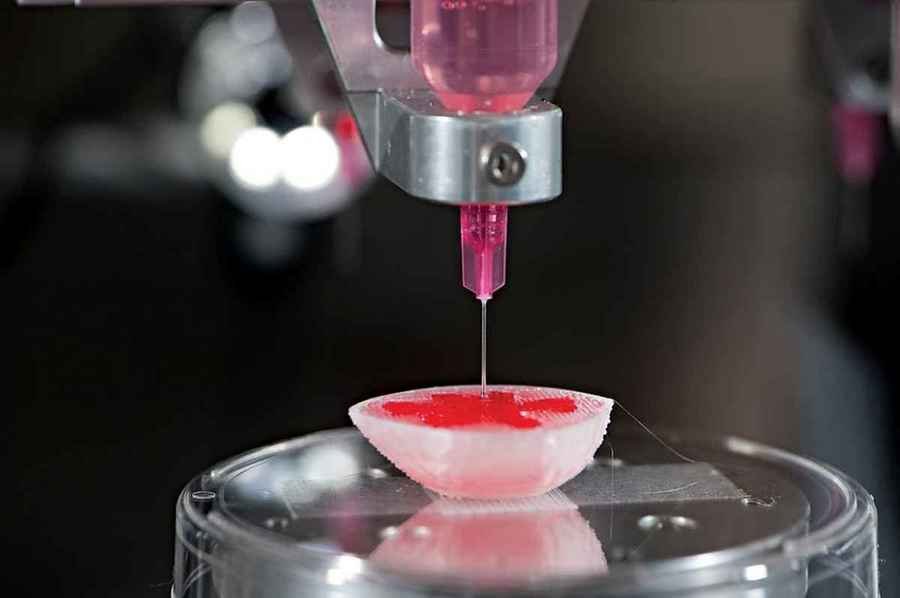
Image credit- robo global
A group of researchers at Osaka University, Japan have refined the method of making bio-ink droplets stick to each other, enabling 3D printing of highly complex biological structures with a wide variety of cell types using inkjet printers.
The researchers' new approach is based on hydrogelation mediated by an enzyme, horseradish peroxidase, which can create cross-links between phenyl groups of an added polymer in the presence of the oxidant hydrogen peroxide.
Although hydrogen peroxide itself can also damage cells, the researchers carefully tuned the delivery of cells and hydrogen peroxide in separate droplets to limit their contact and keep the cells alive.
Now researchers need new scaffolds so that they can print and support the cells to move closer to achieving full 3D printing of functional tissues.




